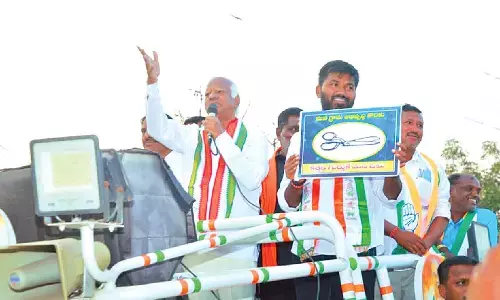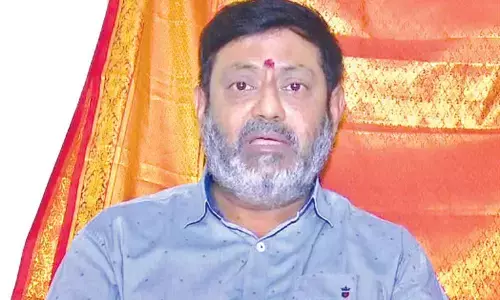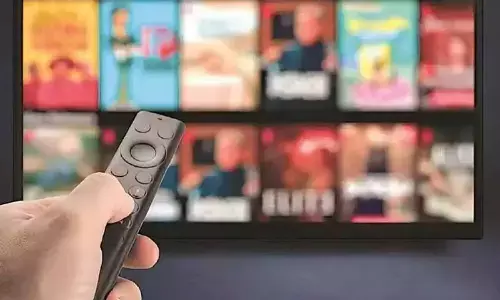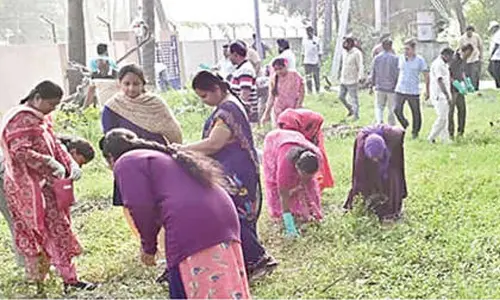An 'NREGA' for artistes is need of the hour
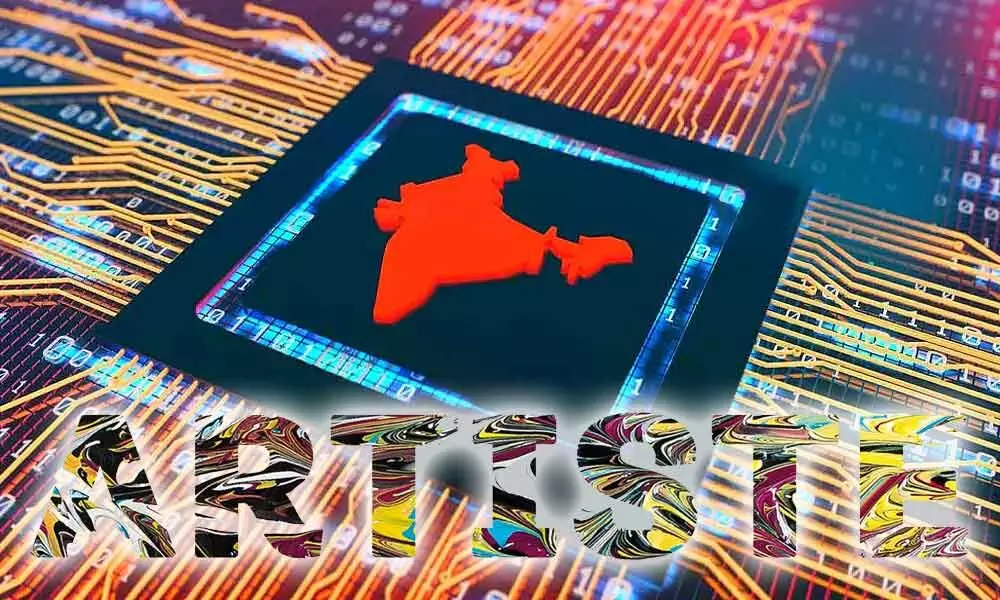
An ‘NREGA’ for artistes is need of the hour
Covid-19 has disrupted human life across the planet like few other modern-era disasters
Covid-19 has disrupted human life across the planet like few other modern-era disasters. In India, where the virus ate into nearly a fourth of the country's economy in the first quarter, artists and performers are among the groups and communities that have been the hardest hit.
From folk musicians in the Manganiar and Langa communities in Rajasthan to the storytellers of Telangana's Kakipadagollu community, who have been practising their art forms since the 12th century, many are unable to put food on the table.
Even in the best of times, a vast majority of India's artistes have struggled to earn decent wages as they are largely in unorganised sectors of the economy. Their predicament is exacerbated by the fact that many of them do not have regular jobs and their livelihood is dependent on regular performances. Those who mainly rely on live concerts and roadshows are without their key source of revenue in a stay-at-home world.
In the United States and other developed countries, museums and other platforms that artistes depend on for their livelihood have adapted to the new reality. Museums like the Metropolitan Museum of Art in New York City now conduct virtual tours and the John F Kennedy Centre for the Performing Arts is providing daily Digital Stage offerings.
Artistes of all types, from Yo-Yo Ma's live streaming of Bach's classic cello suites to Garth Brooks free online country music concert, have taken their shows digital.
However, unlike their colleagues in the western world, Indian artistes, especially practitioners of the folk tradition, do not have such platforms to showcase their talent and earn a livelihood.
Therefore, it is important for the country and the society to support its artistes. The Central and the State governments should work together, in tandem with philanthropic organisations, to reduce the pain of the artistes' community.
In the United States, the Coronavirus Aid, Relief and Economic Security Act provided $75 million to the National Endowment for the Arts (NEA) to provide grants to non-profit art organisations. The NEA and many others posted blogs listing organisations for artistes to contact for resources and grants during the pandemic.
States, local governments, philanthropic foundations and individual citizens stepped up to the plate and provided financial assistance as well.
India should consider a similar public-private effort to sustain its artistes, many of whom are currently jobless and struggling. Such an initiative should take into account both the current needs of the artistes and their long-term sustenance.
In the short term, it is important to put money in their pockets right away. The long-term goal should be to create infrastructure that will continue to nurture their creativity and offer lifelong support.
Given the magnitude of Covid-19 and the devastating effects around the world on healthcare, educational and economic systems of all nations, most economists and experts now agree that the recovery will be very slow - and especially slow for those who are self-employed or gig-workers in low paying jobs.
Most Indian artists fall into this category. Those interested in supporting these artists during these transitional times can help lay a more solid foundation going forward after the Covid-19 pandemic has ended. In India, a few prominent artists have already launched a modest initiative to support struggling artists.
The Assistance for Disaster Affected Artistes, or ADAA, initiated by a group of independent artists such as musicians Aneesh Pradhan and Shubha Mudgal, provides more than a hundred artists and their families Rs 5,000 per month. But their six-month programme ends in October.
Another new initiative, 'Artistes for Artistes', a virtual performance series, is also under way to raise money to support artistes and performers.
Given the enormity of the challenge - there are nearly a dozen classical and more than 150 folk dance forms in India - these efforts need to be scaled and replicated throughout the country. The government and private philanthropists should take the baton from ADAA and 'Artistes for Artistes' and take it to the next level.
The government, for its part, should launch an initiative along the lines of the Mahatma Gandhi National Rural Employment Guarantee Act, or NREGA, to support Indian artists. The rural employment programme, started up in the past decade, is credited with substantially reducing poverty, especially in rural India.
During the Great Depression, the United States set up the Civilian Conservation Corps and the Works Progress Administration Federal Arts Project which produced more than 18,000 works of sculpture and posters.
In India, a similar programme under the Sangeet Natak Akademi (the National Academy of Music, Dance and Drama) or the Ministry of Culture, could be set up to support various art forms, including music, performing arts, sculpture, painting, and even films.
Such a collective, supported by private foundations, could create works of art of all kinds, performances and concerts in communities across the nation, triggering a cultural renaissance. In addition to sustaining the struggling artists, it will also revive and record for posterity many dying art forms.
An added benefit of such an initiative is that artists can be enlisted to be part of spreading awareness of and fighting Covid. As the country tackles mental health challenges in the post-Covid world, the unifying and healing power of art can be used as a tool against the pandemic.
In conclusion, artistes are the conscience of society. Art plays a pivotal role in connecting, inspiring, engaging, and educating communities. It transcends all boundaries and represents the very best of humanity.
In a country like India, where some of the folk traditions have been preserved and handed over by communities from generation to generation and century to century, art is also a vital part of the heritage and history.
By implementing a collaborative programme such as NREGA, India can ensure that those traditions not only survive but thrive into the next century and give birth to new ones.
(The author is an entrepreneur, civic leader and thought leader based in Washington DC. The views expressed here are personal)









